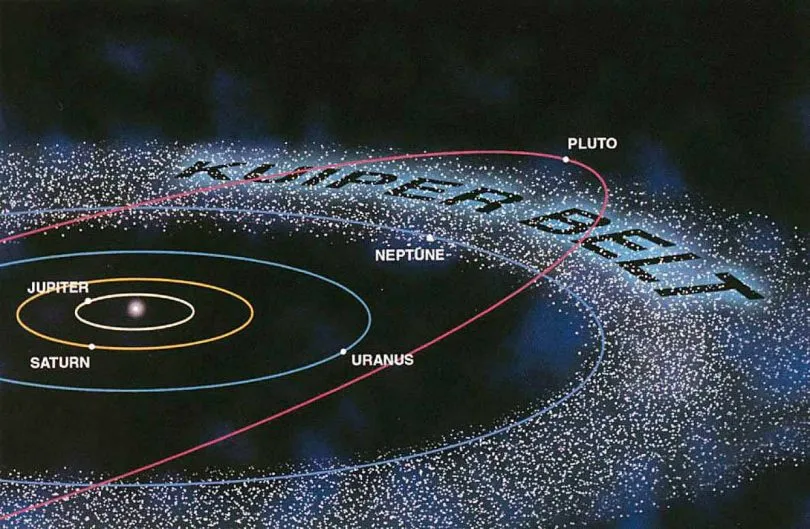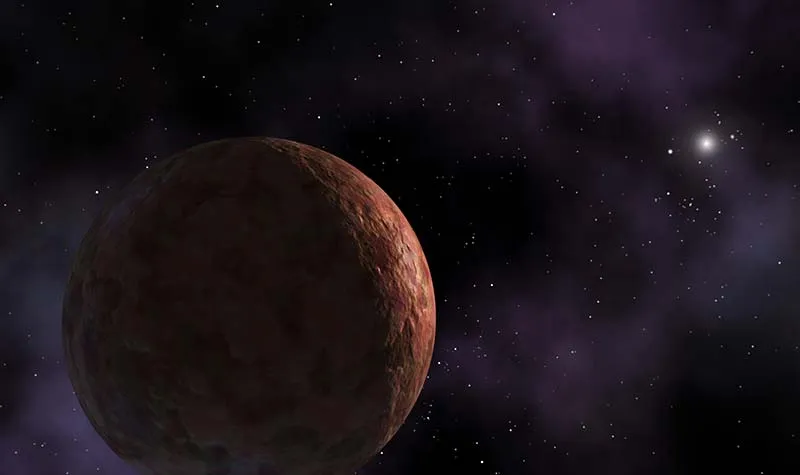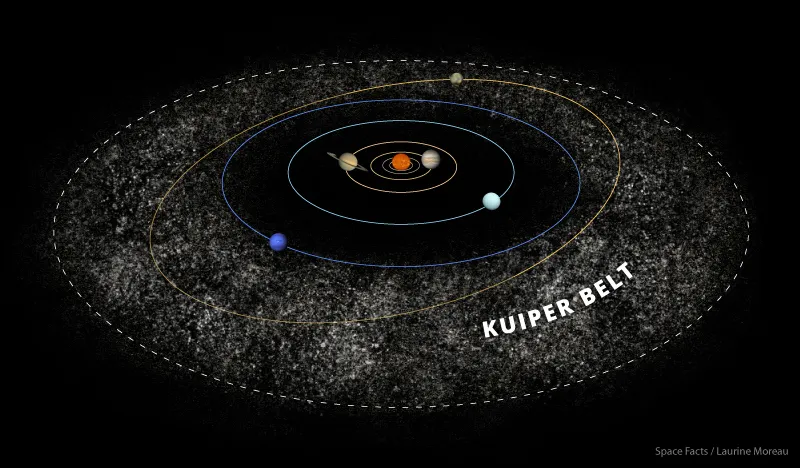
We thought it was the cismin Pluto, the closest to the Solar System, to the near past. However, until 1992. After this date, both the size of the Solar System and our planet perception changed from beginning to end ...
In 1992, two astronomers, David Jewitt and Jane Luu, who worked at the Palomar Observatory, discovered an ice-covered object about 190 km beyond Pluto's planet. 1992 This object, called QB1, completed an orange around the Sun in 296 years.
1992 QB1 is the first Kuiper Belt to be discovered. Immediately after the first reconnaissance, new discoveries were not followed, and hundreds of new objects continued to be discovered. As a result of these discoveries, the existence of the Kuiper Belt, which scientists have long suspected, has been proven precisely.
The first serious article about this generation, which has been debated since the 1930s, was published in 1951 by Gerard Kuiper, and after the discovery of the generation, it began to be referred to by his name. The interesting thing is that Gerard Kuiper was one of those who argued that such a generation should no longer exist today.

The Kuiper Belt, beyond the planet Neptune, begins at a distance of approximately 30 to 55 Astronomical Units (1 Astronomical Unit = distance between Earth and Sun, or 150 million km). In other words, we are talking about a distance of 4.5 to 8.5 billion kilometers. The entire range that is thought to have begun here extends to more than 100 billion km.
The Kuiper Belt, where the remaining "rubble" objects are collected after the formation of the Solar System, is similar to the Asteroid Belt, which is generally located between the orbits of Mars and Jupiter, and is shaped like a bagel. Unlike the Asteroid Belt, objects in the Kuiper Belt are mostly covered with ice.
In addition to the very small millions of pieces, the "Dwarf Planets" of much larger diameters also take place in this generation. As a result of the observations made, it is estimated that in the Kuiper Belt, there are about 100 thousand objects, about 100 km in diameter. In smaller sizes it is thought to be over 1 million objects.

The orbit of some of the objects in the belt may be extremely elliptical and flattened. For example; Sedna in a generation has a horrible elliptical orbit and it takes 11,300 years to complete an orbit around the Sun (remember, Pluto completes an orange in 248 years).
These objects return in a stable orbit around an area of about 25 Astronomical Units far beyond the orbits in which the planets are located. Rarely, some of them may become massacre of ice-ice planets and become their satires. As Neptune 's satirical Triton example ... Or, moreover, with the same effect, they can quickly turn toward the Sun and turn into an ultra - elliptical orbit and a short period comet.
The New Horizons, which are now on the fast track in the Solar System, are heading towards a new destination beyond Pluto and will provide us with detailed information about this Kuiper Belt when it reaches the object. Later on, it will continue on its way towards the outside of the Solar System.